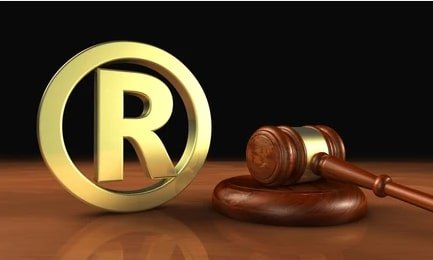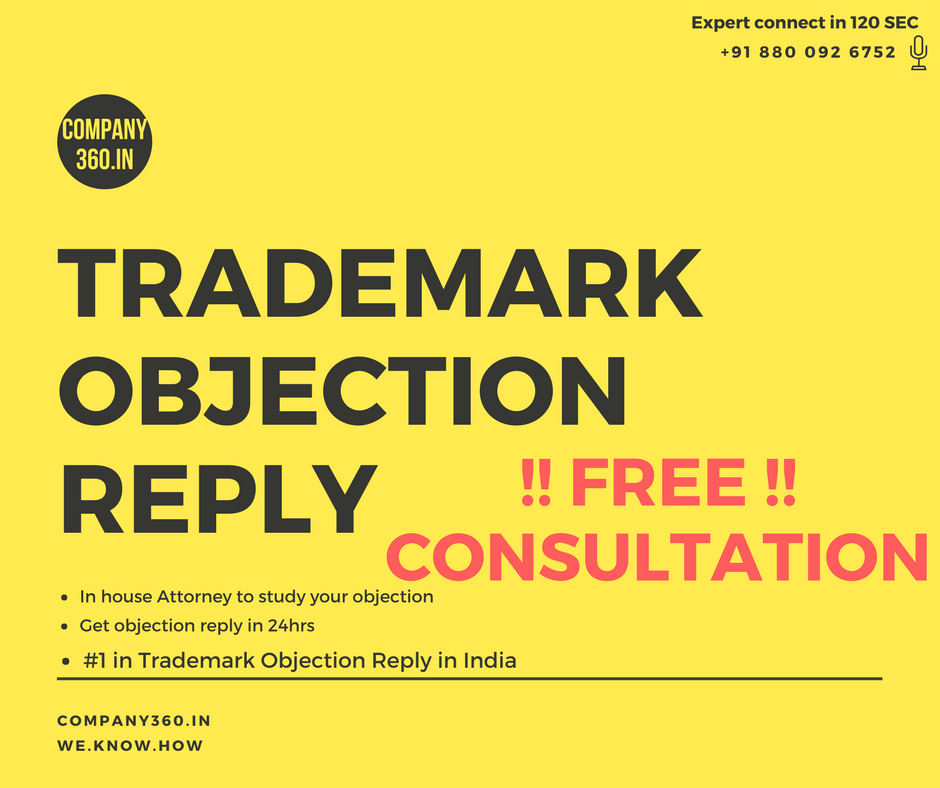What is Trademark Restoration?
The proprietor’s duty towards protection of a trademark does not just come to an end when
the registration process is completed. Every ten years, the trademark must be renewed. Here,
the provision of restoration comes into play. If the proprietor fails to renew the trademark,
then he can apply for restoration. This article discusses the procedure of restoration and the
consequences in the event of a failure to restore the mark.
Generally, a request for renewal must be made on Form TM-R with the requisite fee on or
before 6 months before the expiry of the registration. It can also be filed within 6 months
after the expiry of the renewal date along with the necessary late renewal fees. In the event of
a failure to do so, the mark would be removed from the register of trademarks. Then, one
option left with the proprietor is to file for restoration of the trademark on Form TM-R, a
restoration application after 6 months but within one year of the expiry of the trademark,
along with a restoration fee in addition to the appropriate renewal fee.
However, before restoring the mark, the registrar must first assess the interests of the affected
parties. Once, the application for restoration is accepted, the registrar shall notify the
registered proprietor about the restoration and renewal and the same shall be advertised in the
Trademarks Journal ensuring that the mark is renewed for a subsequent period of 10 years.
Relevant Trademark Section for Trademark Restoration
Section 25(4) of the Trademarks Act, 1999 provides for the application for restoration and
renewal of a trademark. Rule 60 of Trademark Rules, 2017 also deals with restoration, which
states that “the registrar shall, while considering the request for such restoration and
renewal, have regard to the interests of other affected persons.”
Section 25(3) specifically states that before the expiration of the last registration of a
particular trademark, the registrar shall send notice to the proprietor of the mark giving
intimation as to the expiration and the conditions as to payment of fees. The registrar cannot
remove the trademark from the register without complying with this provision.
Documents required for Trademark Restoration in India
Some of the documents required for the restoration of a trademark are as follows:-
A copy of the trademark registration certificate
The applicant’s photo ID and proof of address
If the applicant is an authorized representative or agent, then a power of attorney
Copy of application form for trademark registration
Additionally, a statement to the effect showing the reasons for failure to renew the
trademark within the prescribed time.
The following are some of the required forms for renewal and restoration:-
-
Form TM-R- It is the application form for renewal/ restoration, the cost of which
would be INR 10,000 in the case of physical filing and INR 9,000 in the case of
online filing along with the renewal fee. -
Affidavit: It is an affidavit in support of the statement of the case.
-
The application filed when the trademark is removed from the register of trademarks.
The process of renewal and restoration will then take place 6 months to 1 year after
the expiration date of the registration.
Once, the application for restoration along with the prescribed fee is submitted, the applicant
is required to regularly check the status of the application.
When the registrar examines the application, due regard to the interests of other affected
parties is taken into consideration. Here, an opportunity is also given to the public to raise any
objections within the stipulated period of time, and if no objections are raised, the trademark
will be published.
The need for renewal and restoration arises for the following reasons:-
-
For the restoration of legal rights the proprietor acquired with the registered mark;
-
to safeguard its brand value and goodwill against third-party infringement;
-
obtaining the legal right to sue in the event of an infringement; and
-
For claiming damages or any other remedies in case of infringement.
The consequences of non-restoration and renewal can be fatal, as it was the last remedy
available to the proprietor. As such, the trademark would be removed from the register of
trademarks and the aforementioned rights would be relinquished from those of the proprietor.
The removal from the register would be only done after giving prior notice to the proprietor
of his intention to do so.
Caselaws related to Trademark Restoration in India:
In the case of Union of India v. Malhotra Book Deposit MIPR 2013 (1) 246, the trademark
was removed from the register without giving due notice, i.e., O-3, to the registered
proprietor, hence the court held such non-compliance of statutory provisions to be violative
of due process of law. The same was affirmed by the Bombay High Court in the case of Cipla
Ltd. v. The Registrar of Trademarks (W.P No. 1669 of 2012).
In Guruji Enterprises Pvt. Ltd. v. Union of India & anr, (2017) 240 DLT (CN 481), the
submission of a true copy of O-3 was placed before the court, thereby proving that the
requirement of notice was duly sent. The court also took note of Rule 15, which says that
“any document sent through post shall be deemed to have been delivered in the ordinary
course of post.” Hence, the court did not accept the plea of the petitioners.
In Kleenage Products (India) Private Ltd. v. The Registrar of Trademarks & Ors. (MIPR
2018 (1) 320), the petitioner contended that the issuance of O-3 is not traceable. In the
absence of any contentions by the respondents, the court directed the respondents to consider
the application tendered by the petitioner for renewal of the trademark subject to payment of
the requisite fees.
Thus, trademark restoration is the last remedy available to the proprietor whereby the
trademark that was removed from the register of trademarks due to the absence of timely
renewal is restored to the register. The proprietors must also note that the consequences of
non-renewal and restoration can have adverse effects, such as losing exclusive rights over the
trademark, thereby hampering the goodwill and brand image of the proprietor’s business or
enterprise as a whole. Then, the likelihood of someone else taking advantage of one’s
trademark cannot be ignored. This costly and lengthy process can be avoided by timely
adherence to the rules and procedures laid down for the renewal of trademarks.










